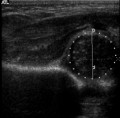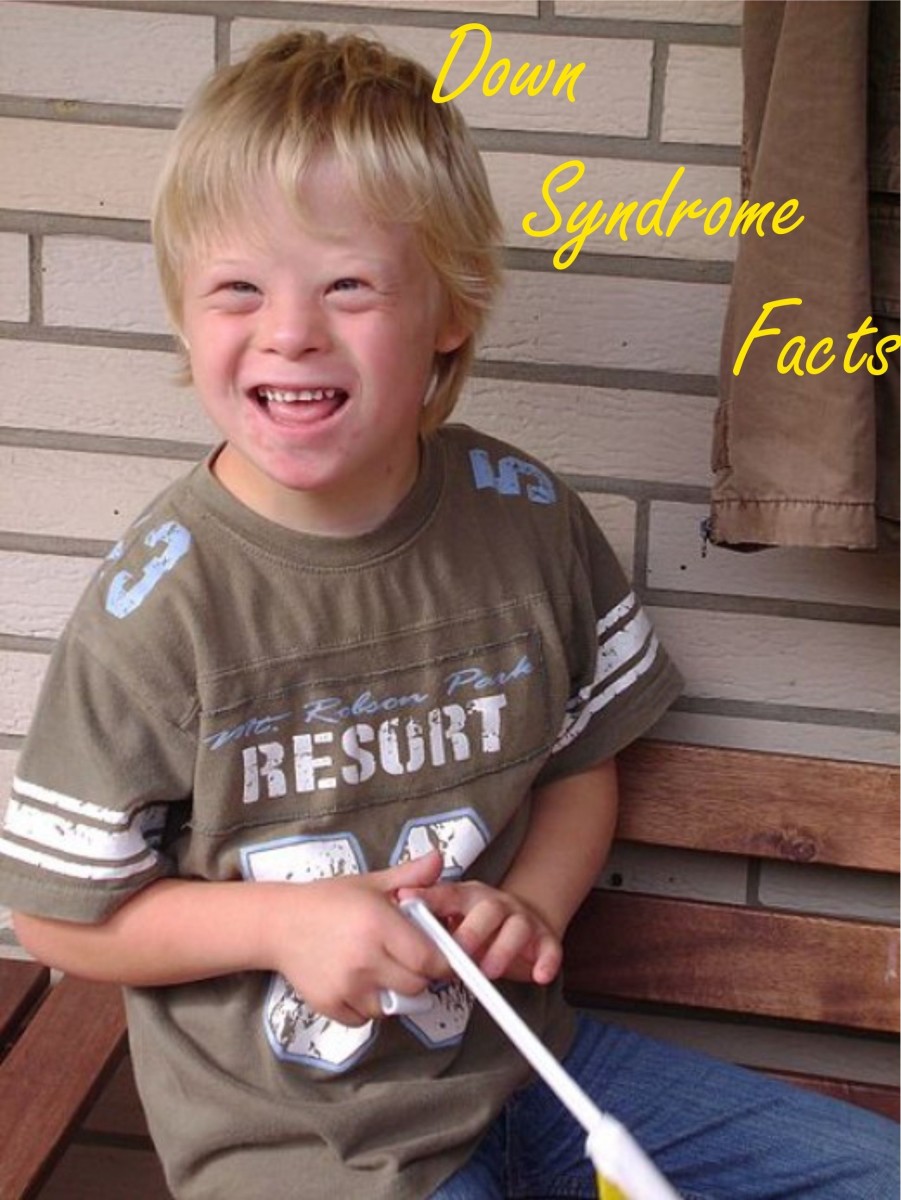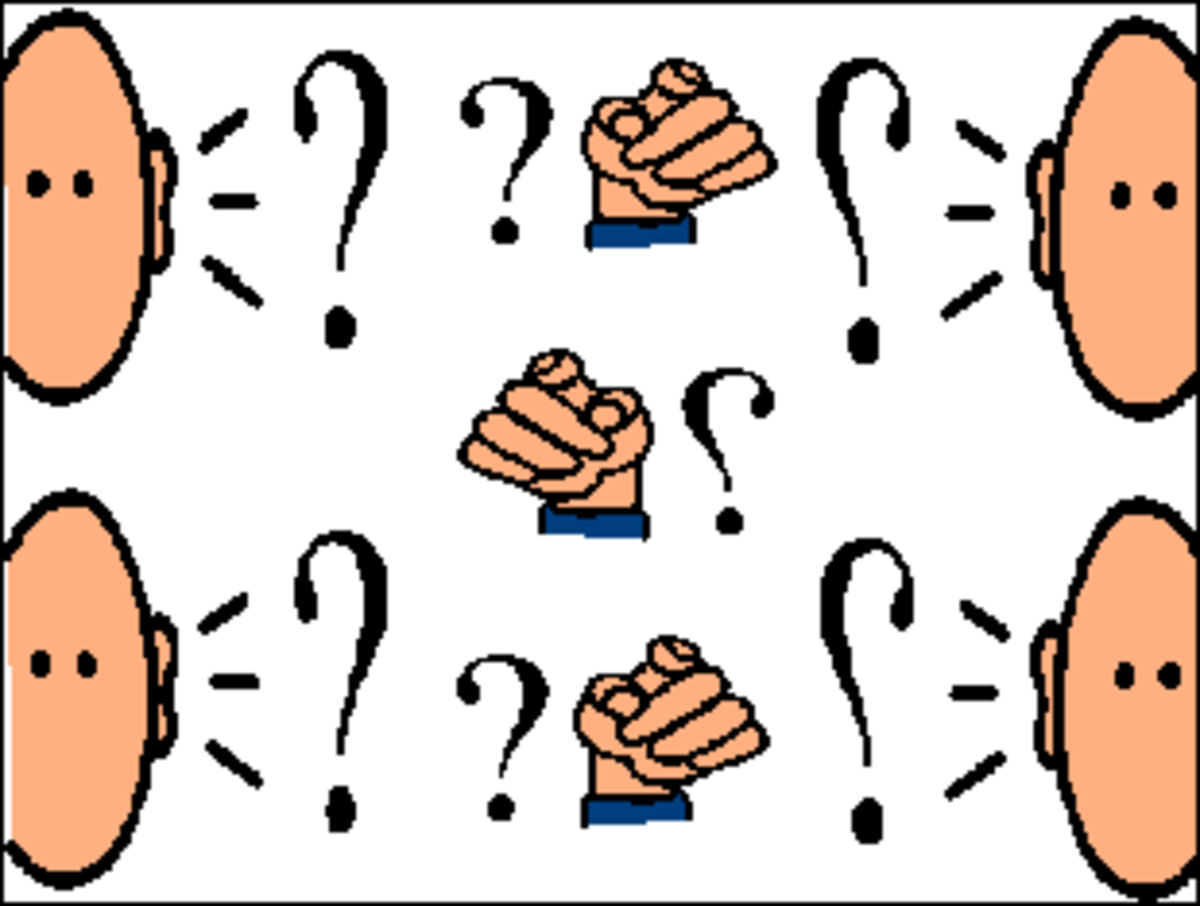ADHD - the decision to medicate your child

Living with a child diagnosed with ADHD can be a very stressful and tiring time for a parent. Nevertheless, considering medication as a treatment option can raise conflicting emotions especially in light of the amount of negative media attention the subject has attracted. Common concerns include the potential side effects of the medication, the complications of long-term use and fears that the medication will be dangerous to the child.
The information contained in this article is intended to give you clear, unbiased information about when medication might be considered for children and young people and the types of medication that are currently recommended in the UK.
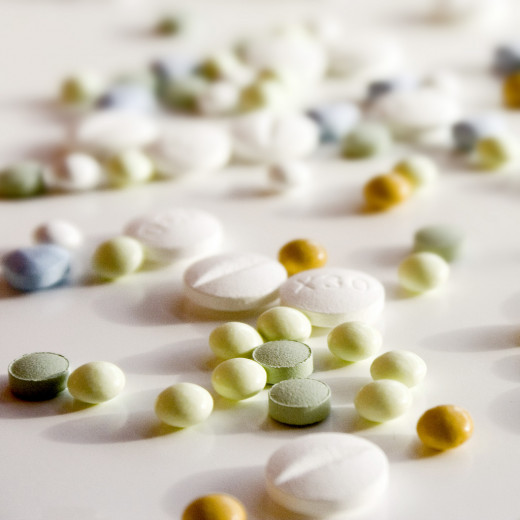
When might medication be considered?
The National Institute for Health and Clinical Excellence (NICE) provides guidelines for specialists in the UK of the circumstances in which medication should be considered for children and young people with ADHD.
Drug treatment can be considered in the following circumstances:
- Where ADHD is severe (discussed below).
- Where ADHD is moderate but the patient/parents have refused non-drug interventions such as parent training/educational programmes.
- Where a patient’s symptoms have not responded to parent training/educational programmes or group psychological treatment.
It is only where ADHD is judged to be severe that drug treatment should be offered as a first line treatment and this should still be offered in conjunction with a group based parent training/education programme.
There is no clear definition of ‘severity’. The guidance states that the severity of the ADHD is a matter of clinical judgement and the specialist should take into account:
- the severity of the impairment;
- the pervasiveness of the impairment;
- individual factors relating to the child and his/her family; and
- the familial and social context.
The guidance also states that for the ADHD to be judged severe it should correspond approximately to the ICD-10 ( International Classification of Mental and Behavioural Disorders)diagnosis of hyperkinetic disorder. The ICD-10 states that for ADHD to be severe the symptoms of hyperactivity, impulsivity and inattention should all be present in multiple settings and impairment should be severe i.e. it should affect multiple domains in multiple settings.
Drug treatment is not recommended for pre-school children and should only be initiated by an appropriately qualified healthcare professional who has expertise in ADHD. Treatment should be based upon a thorough assessment and diagnosis.
What types of medication are available?
Currently there is no cure for ADHD but medication can be used to keep the symptoms under control.
The medication recommended by your child’s specialist will depend on your child’s individual circumstances. NICE guidelines recommend the use of either methylphenidate, atomoxetine or dexamfetamine. Each individual drug and its uses will be discussed below.
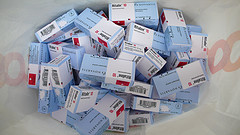
Methylphenidate
Methylphenidate is a Schedule 2 controlled drug not licensed for children under the age of 6. It is a stimulant that works on the central nervous system. This may seem a strange concept given that the child suffering with ADHD is already hyperactive, impulsive and distractive. However, it has been found that the central nervous system of a child with ADHD is in fact under-stimulated not over-stimulated.
It is believed that stimulants work by increasing the levels of neurotransmitters in the brain such as dopamine and norepinephrine and simultaneously enhancing their transmission. This is beneficial as these neurotransmitters have an effect on regions of the brain associated with arousal, attention, concentration, motor control and self-regulation.
Manufacturers’ names for methylphenidate include Ritalin, Cephalon, Equasym, UCB Pharma, Concerta XL and Janssen-Cilag.
Methylphenidate is usually considered by a specialist in circumstances where a child has ADHD with no co-morbidities (conditions existing alongside it) or where a child has ADHD with co-morbid conduct disorder.
Guidelines state that the methylphenidate should be discontinued after one month if there are no signs of improvement.
Additionally, methylphenidate should be suspended periodically to assess your child’s condition.
Some of the common side effects experienced with methylphenidate include:
- Insomnia
- Nervousness
- Headache
- Decreased appetite
- Abdominal pain
- Palpitations
- Growth concerns
However, if you have any concerns at all you should seek medical attention immediately.
Passmore (2014) reports that 80% of patients who take methylphenidate experience some positive changes, although, those most responsive are the severe cases. Improvements seen in children taking methylphenidate include:
- academic improvement
- decreased impulsivity and fidgeting
- improvement in attention and behaviour
- better social interaction
- improved self-esteem, social functioning and friendship building.
However, you should note:
- There will still be a need for social skills training.
- There will be times during the day when the medication wears off before the next dose is due and your child’s symptoms will return during this time. It is therefore important that the timing of the doses is carefully considered.
- 20% or more children are unable to tolerate stimulant medications.
- There are concerns regarding the long-term side effects of methylphenidate.
- This medication can be habit forming.
- Methylphenidate should not be taken if there is a family history of tics, Tourette’s syndrome or movement disorders.
Dexamfetamine
Dexamfetamine is similar to methylphenidate in that it is a schedule 2 controlled CNS stimulant. It also has similar commonly reported side effects. However, it can be used in children as young as 3.
Dexamfetamine can used for the management of refractory hyperkinetic states in children.
This drug currently has limited availability in the UK and may only be available generically. Reports show that it has proven difficult to obtain. See: http://www.netdoctor.co.uk/adhd/medicines/dexamfetamine.html for more information.
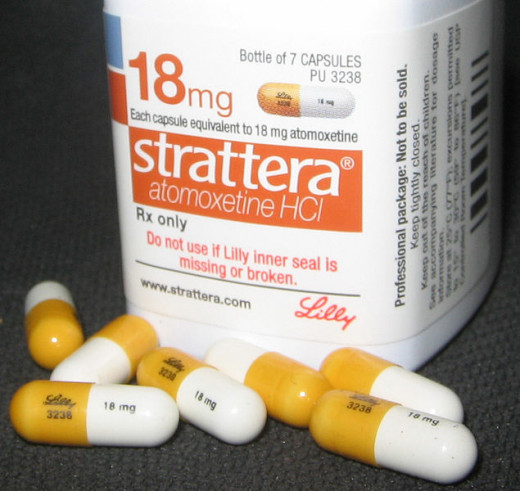
Atomoxetine
Atomoxetine is a selective noradrenaline reuptake inhibitor. It is not a stimulant and apart from knowledge that it works by inhibiting the reuptake of noradrenaline it is not understood how it actually works in relation to ADHD. However, statistics show that of those prescribed the medication it has reduced symptoms of inattention, hyperactivity and impulsivity in over 70% of patients.
It is effectively a second line treatment for ADHD as a specialist will usually consider the use of stimulants (i.e. methylphenidate) first.
Manufacturers’ names for atomoxetine include Strattera and Eli Lilly.
This drug treatment is only available for children age 6 and over.
Atomoxetine is usually considered in cases where:
- Tics, Tourette’s Syndrome, anxiety disorder are present
- There is evidence of stimulant misuse
- There is a risk of stimulant diversion i.e. the drug may be taken by someone else other than the patient
- Methylphenidate has been tried but the patient cannot tolerate it.
Some of the common side effects experienced with atomoxetine include:
- Abdominal pain
- Decreased appetite
- Nausea/vomiting
- Early morning wakening/trouble sleeping
- Irritability and mood swings
- Increased heart rate
- Liver injury
- Restlessness
- Depression
If you have any concerns at all you should seek medical attention immediately.
Improvements reported from atomoxetine use:
- Significant improvements in parent-child relationships and formation of friendships
- Improved school behaviour and academic performance
- Reduced symptoms of oppositional defiant disorder
Additionally atomoxetine:
- does not have the abuse potential of stimulant medication
- does not normally effect sleeping
It should be noted however that it can be slower acting than stimulant medication and therefore it will take time before an improvement is seen.
Once medication has been prescribed by a qualified healthcare professional it can then be prescribed and monitored by your GP in conjunction with your specialist.
Talking with your child
As with any decision you make regarding your child the most important person to consult is your child.
Once a diagnosis of ADHD is made it is important to discuss the diagnosis with your child. This will help your child to understand that they are not a bad person who is being naughty but a child who is experiencing difficulties for a reason. Many children with ADHD suffer from low self-esteem as they are continually told off for being 'naughty' or not working hard enough in class.
If medication is believed to be of potential benefit to your child then it is important to discuss the options available and allow your child to have their say in the decision. If a child does not understand why they are taking medication then they are more likely to resent having to take it or to refuse to take it at all. Talking with your child can help alleviate these problems.
What do you think?
In my experience ADHD medication is:
References
Passmore, S. (2014) The ADHD Handbook, Exisle Publishing Pty Ltd, Wollombi, Australia (Highly recommended)
NICE Clinical Guideline 72 - Attention deficit hyperactivity disorder: Diagnosis and management of ADHD in children, young people and adults, Issued September 2008, last modified March 2013 (available at guidance.nice.org.uk/cg72)
NICE Technology Appraisal Guidance 98 - Methylphenidate, atomoxetine and dexamfetamine for attention deficit hyperactivity disorder (ADHD) in children and adolescents, Issued March 2006 (available at guidance.nice.org.uk/ta98)
Disclaimer
Please note that this article has been formulated using reliable research documents (listed under references). However, it is not a substitute for medical advice which should always be sought before any decisions are made regarding medication, side effects etc. If you are worried about any aspect of your child's medication please contact a qualified healthcare practitioner.



